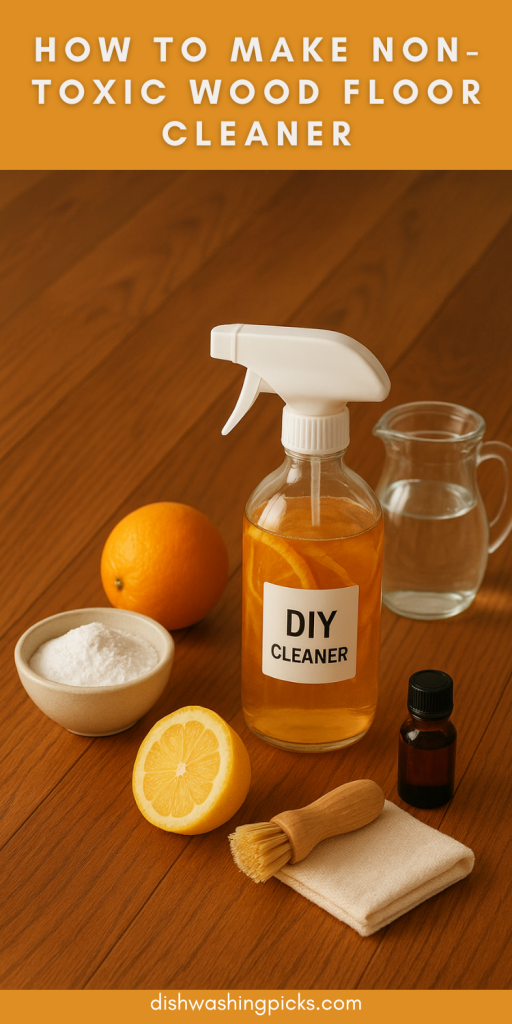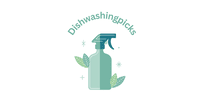
So here’s the thing: wood floors are like that one friend who looks amazing but is a little picky. You can’t just throw anything at them. Harsh chemicals? Nope. Too much water? Big nope. But at the same time, you can’t just ignore them, unless you’re going for the “dusty haunted mansion” vibe.
The good news? You can make your own cleaner at home, and it’s so easy it feels a little silly we ever buy store-bought bottles in the first place. And guess what—it’s safe, budget-friendly, and smells way better too.
Why Even Bother Going Non-Toxic?
Okay, fair question. Why not just grab something off the shelf and be done with it? Well, a few reasons:
- Safety first. If you’ve got kids crawling around or pets who treat your floor like their personal dining table, you don’t want them licking up chemical residue.
- Wood is sensitive. Harsh cleaners can strip away the finish and make your lovely hardwoods look like they’ve been through a war.
- It’s cheaper. Seriously, the stuff you need is probably already hiding in your pantry.
- Peace of mind. No toxic fumes, no gloves that make you feel like you’re in a lab. Just clean floors and a clean conscience.
Imagine this: instead of spraying something that smells like a chemistry experiment, you’re mopping your floors with something fresh, natural, and safe enough to not stress about. Sounds better, right?
The Simple DIY Recipe
Alright, here’s where it gets fun. This is the basic non-toxic recipe for wood floors:
- 2 cups warm water
- ½ cup white vinegar
- 2 tablespoons olive oil
- Optional: a few drops of essential oil (lemon, orange, or lavender are my go-tos for that “ahh, clean house” smell)
How to use it:
- Mix everything in a spray bottle or a bucket, depending on your cleaning style.
- Lightly spray or dip a mop into the solution (key word: lightly—wood hates being soaked).
- Mop as usual, letting the vinegar do the cleaning and the olive oil give your floor a subtle shine.
- Step back and admire how clean and fresh everything feels.
Pro Tips So You Don’t Mess It Up
Because let’s be real—wood floors don’t forgive mistakes easily.
- Don’t drown the floor. Think of it like skincare: you want to moisturize, not drench.
- Use a microfiber mop. Gentle, effective, and no scratches.
- Spot test first. Every floor has its own personality. Try a small patch before going all in.
- Skip harsh stuff. No ammonia, no bleach, no harsh detergents. They’ll eat away at the finish.
But Does Vinegar Really Work?
Ah, the classic question. Short answer: yes, but with balance. Vinegar is great for cutting grease and disinfecting, but you don’t want to overdo it because too much acidity can be harsh on wood finishes. That’s why we mix it with water and oil—it’s the perfect little trio.
It’s kind of like a team: vinegar’s the tough cleaner, water keeps things gentle, and olive oil adds the shine. Teamwork makes the dream work.
Wrapping It Up
So there you go—a cleaner that’s safe, cheap, and makes your wood floors look like they belong in a Pinterest board. No toxic fumes, no fancy bottles, just a few pantry staples and a little DIY spirit.
Next time you’re tempted to grab that pricey “hardwood cleaner” from the store, just remember—you can whip up your own in two minutes flat. And it smells way better too.
Now imagine walking barefoot across your floor tomorrow and feeling that smooth, clean surface under your feet—without worrying about chemicals. Doesn’t that sound worth trying?
